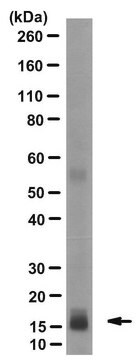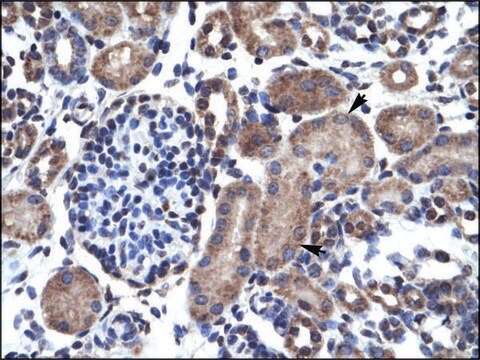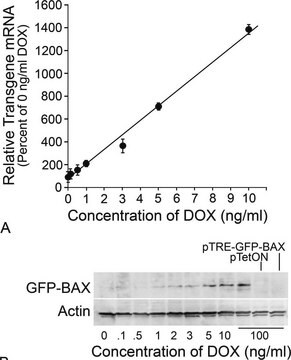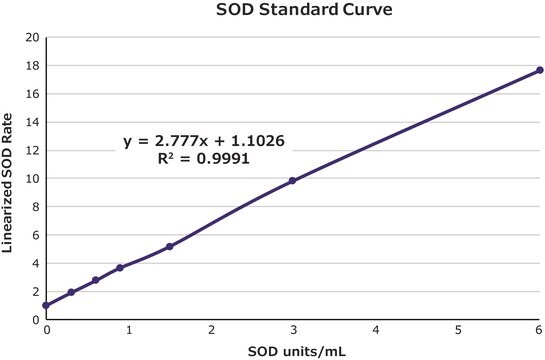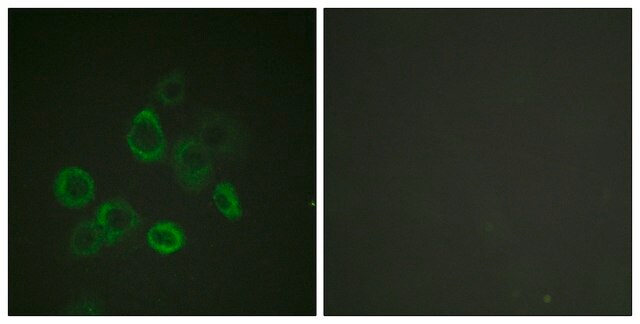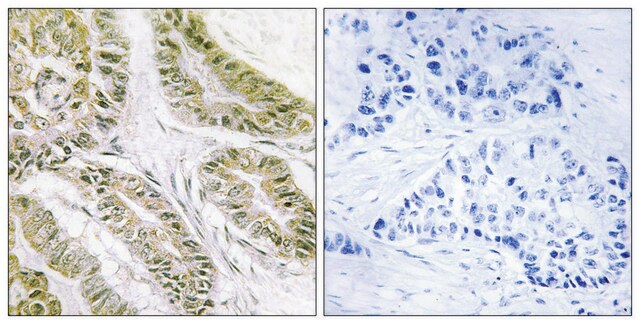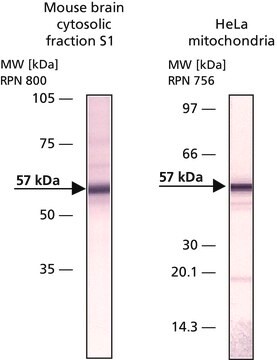B8429
Anti-Bax antibody, Mouse monoclonal
clone 6A7, purified from hybridoma cell culture
Sinónimos:
Anti-BCL2L4
About This Item
Productos recomendados
biological source
mouse
conjugate
unconjugated
antibody form
purified immunoglobulin
antibody product type
primary antibodies
clone
6A7, monoclonal
form
buffered aqueous solution
mol wt
antigen 21 kDa (and possibly a dimer of 42 kDa)
species reactivity
mouse, rat, human
concentration
2 mg/mL
technique(s)
immunoprecipitation (IP): suitable
microarray: suitable
western blot: 10-60 μg/mL using extract of human breast adenocarcinoma MCF-7 cells, activated with dexamethasone
isotype
IgG1
UniProt accession no.
shipped in
dry ice
storage temp.
−20°C
target post-translational modification
unmodified
Gene Information
human ... BAX(581)
mouse ... Bax(12028)
rat ... Bax(24887)
¿Está buscando productos similares? Visita Guía de comparación de productos
General description
Immunogen
Application
Biochem/physiol Actions
Physical form
Disclaimer
¿No encuentra el producto adecuado?
Pruebe nuestro Herramienta de selección de productos.
Storage Class
12 - Non Combustible Liquids
wgk_germany
nwg
flash_point_f
Not applicable
flash_point_c
Not applicable
Certificados de análisis (COA)
Busque Certificados de análisis (COA) introduciendo el número de lote del producto. Los números de lote se encuentran en la etiqueta del producto después de las palabras «Lot» o «Batch»
¿Ya tiene este producto?
Encuentre la documentación para los productos que ha comprado recientemente en la Biblioteca de documentos.
Los clientes también vieron
Nuestro equipo de científicos tiene experiencia en todas las áreas de investigación: Ciencias de la vida, Ciencia de los materiales, Síntesis química, Cromatografía, Analítica y muchas otras.
Póngase en contacto con el Servicio técnico